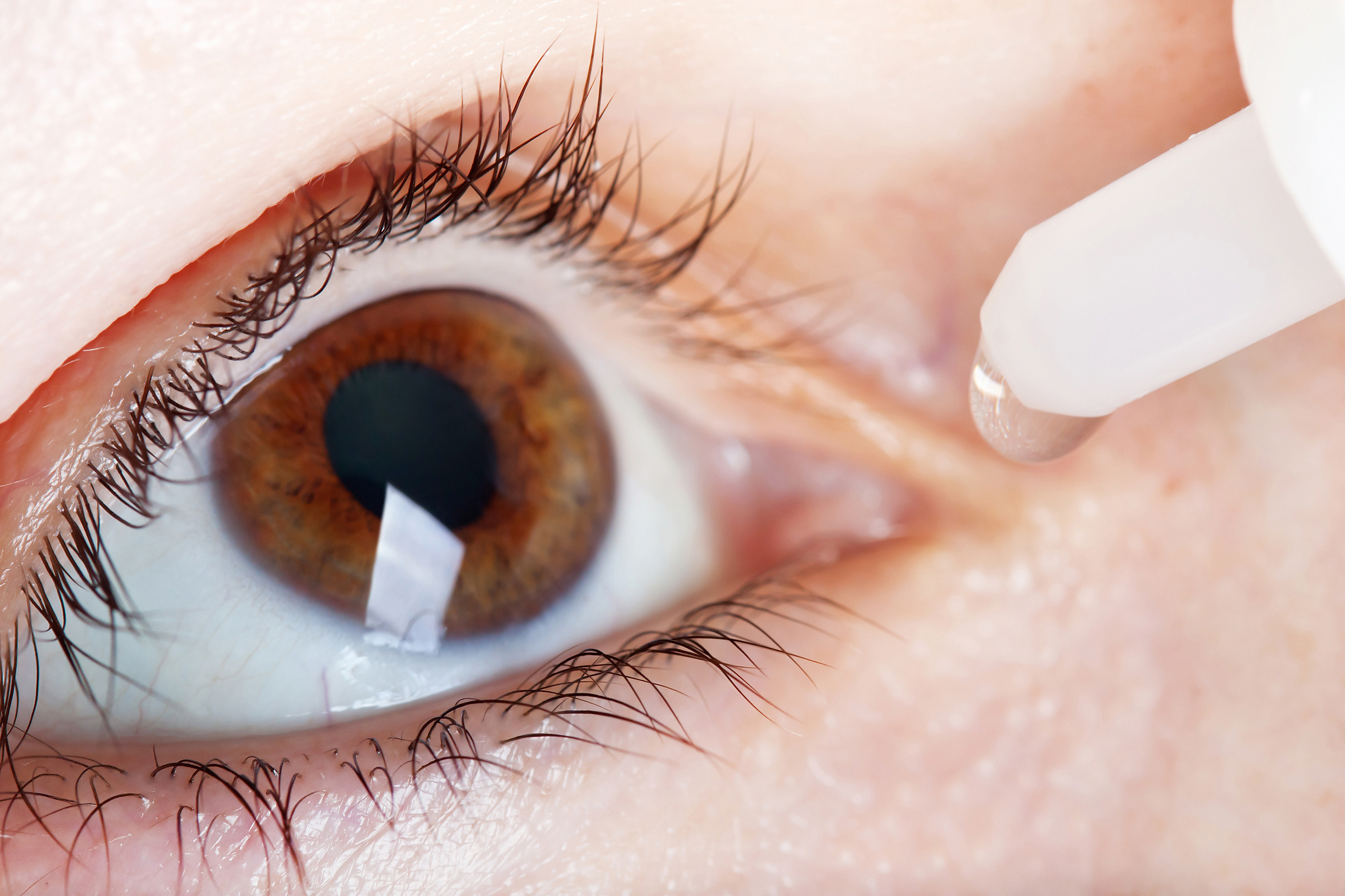Researchers at Bar-Ilan University’s Institute of Nanotechnology and Advanced Materials (BINA) in Israel have built an invention that could drastically change the lives of people who are nearsighted or farsighted. This new technology may even enable people to correct their vision at home instead of at the doctor’s office.
These “Nano-Drops” are meant to be an alternative to eyeglasses, contact lenses and laser eye surgery. They work by altering the corneal refractive index, according to a press release. A laser source stamps an optical pattern on the superficial layer of the corneal epithelium. The shape of the optical pattern coincides with the desired correction: myopia (nearsightedness), hyperopia (farsightedness) or presbyopia (loss of accommodation ability).
It takes mere milliseconds for the laser stamping to occur. The nanoparticles then trigger the optical pattern by altering the refractive index and changing the path of light that passes through the cornea.
The laser stamping is different than laser eye surgery (commonly called LASIK), which destroys corneal tissue. Instead, the Nano-Drops, which can be connected to a smartphone, “stamp the optical pattern onto the corneal epithelium by placing numerous adjacent pulses in a very speedy and painless fashion.”
The laser constructs small corneal spots that enable synthetic and biocompatible nanoparticles to alter the optical power of the eye.
Patients may have the option of using Nano-Drops at home. First, a smartphone app would test a person’s vision. Next, the laser source that stamps the optical pattern would be connected. Finally, the Nano-Drops would activate the pattern in order to achieve the desired results.
Researchers are experimenting with rabbits to test the technology and figure out how long the procedure will last after it is applied. There have already been successful experiments involving myopia and presbyopia in pig eyes.
A 2016 study showed that 74 percent of Canadians required vision correction. Fifty-five percent opted for eyeglasses as a means of seeing better.
It’s unclear how much Nano-Drops would cost. According to the Canadian Eye Care Business Review, Canadians typically change their eyeglasses every 2.7 years, and 25 per cent purchase multiple pairs. Will the device be a money-saving product?
The Canadian Ophthalmological Society recommends that people consult an ophthalmologist starting with an eye exam as early as six months old in order to detect possible vision problems early on.
People aged 19 to 40 without eye problems should consult eye doctors every 10 years, while those aged 41 to 55 should see one every five years. Those older than 56 should make appointments every two to three years.


